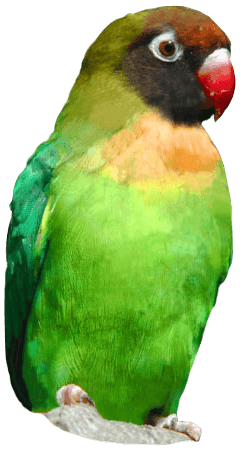
Inside our new European woodland-inspired enclosure
PUBLISHED 21/06/23
Sussex just got a little bit wilder with the arrival of two magnificent Eurasian lynx at Drusillas Zoo Park – the first time the zoo has welcomed the species.
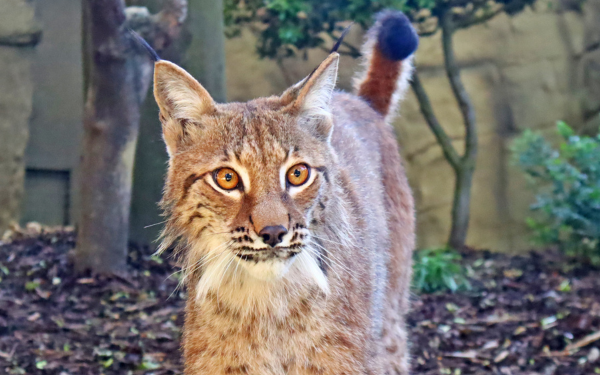
The stunning pair, who were born at Wild Place Project in Bristol were transferred to Drusillas on 24th May following a year of careful planning, including a quarter of a million-pound construction project of a custom-built, naturalistic enclosure designed to recreate their native European woodland.
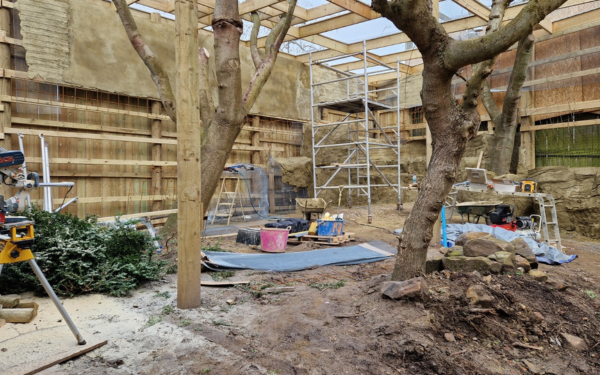
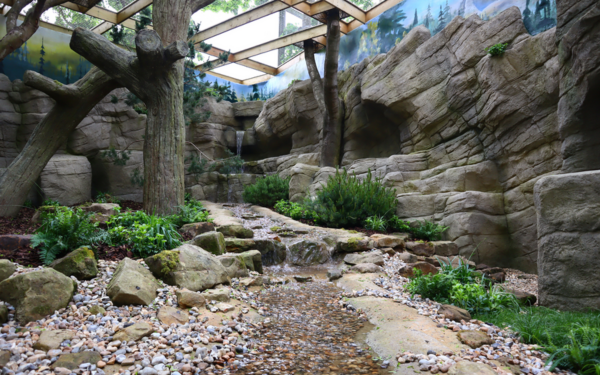
The team at the park, along with carefully selected industry experts, worked daily over nine months to create a beautiful woodland-inspired habitat to ensure the new arrivals had everything they need to settle into their new home.
Every inch of the enclosure, which opened in May half term, has been carefully researched and considered with a real focus on offering the animals choice within their space and an experience as close to their natural habitat as possible. Drusillas spent months planning and researching how best to adapt the space in collaboration with the team at Wild Place Project, so that insight into the lynx’s existing environment could be thoughtfully woven into the design to ensure a smooth transition.
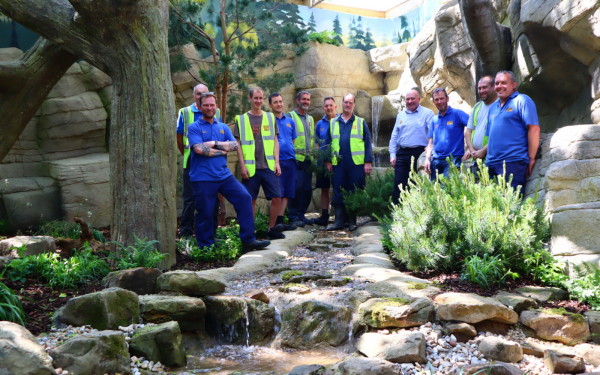
Two of the zoo’s enclosures (previously home to snowy and great grey owls) were combined to create one large space. The main outside space offers an open forest area, lined with bespoke, hand-carved rockwork created by Alan Bishop Themeworks, offering a multitude of climbing, resting, and hiding places that span to the height of the enclosure boundary. Beyond the enclosure stand vast trees which throw shade in summer and shelter in the colder months, extending the woodland feel outside the perimeter.
The rock work also provides both warm and cool areas for the cats, with heat pads built into selected areas so that when the coldest weather hits, they remain able to utilise the outside space comfortably.
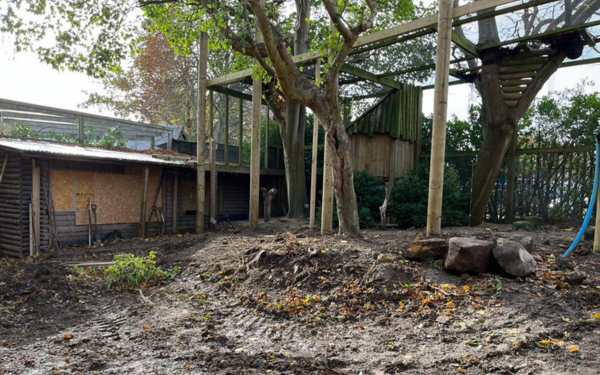
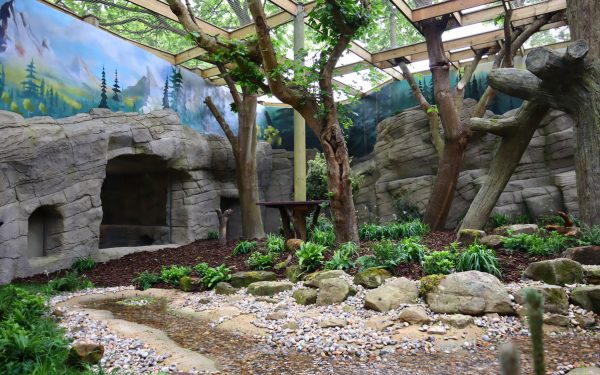
The flagship feature of the design is a freshwater, multi-level waterfall and stream which trickles peacefully through day and night. Running water provides a number of benefits including bathing, drinking, and playing in the water itself, as well as the humidity it provides, and a ‘white noise’ soothing effect that helps the animals feel calm and relaxed.
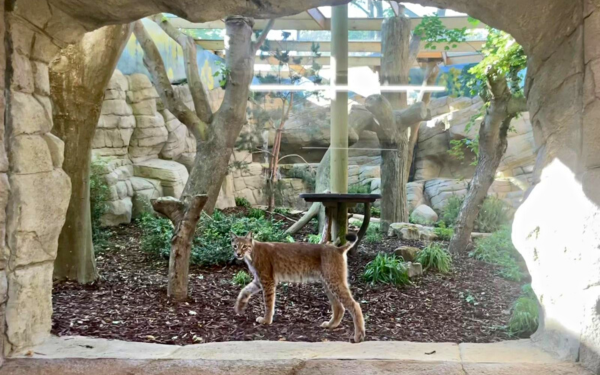
A great deal of consideration was given to the choice of plants throughout, which were deliberately selected to be the most ‘species specific’, working with Architectural Plants to install native greenery that will soon bloom to trail down the rockwork and cover the forest floor, creating further hiding spaces. The flooring throughout - soft, bouncy woodchip - was chosen to feel as natural as possible and provide not only comfort, but somewhere mini eco-systems can begin to populate and further expand the naturalistic environment.
Although the space was already home to some trees which have been integrated into the design, the team wanted to provide more areas of choice and height and so Alan Bishop Themeworks create a themed tree centre piece which has already become a favourite climbing spot for the boys. To complete the visual theming, a bespoke mural depicting a forest scene, hand painted by local street artist, Aspire Artwork, wraps around the entire space.
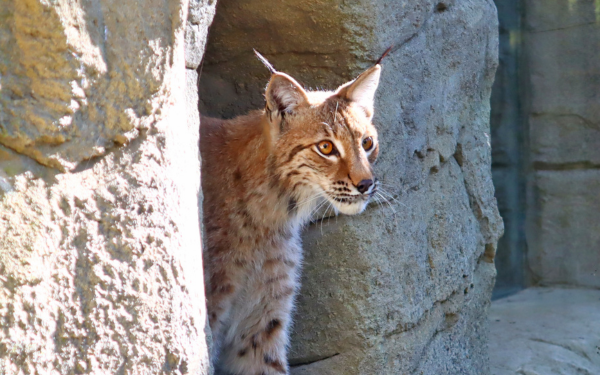
A new full height feeding platform, climbing post, and pully system offers keepers a way to provide enrichment and stimulation by encouraging the pair to climb and work for their food as they would in the wild.
Two new inside areas with air filtration systems, one on show to public and one off-show, were also integrated to offer sheltered and quiet spaces with several nooks and alcoves that are already being favoured as sleeping spots by the pair who have been snuggled up together at night.
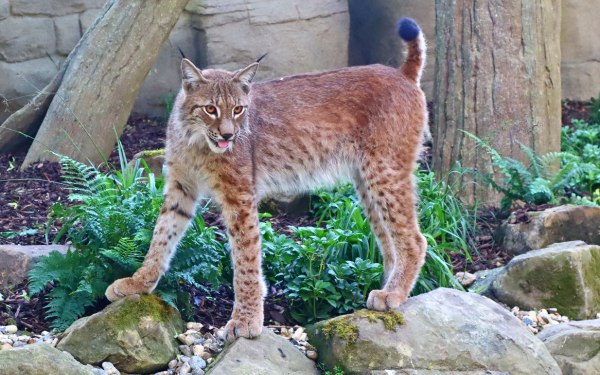
New CCTV surveillance cameras also line the exhibit, so keepers can closely monitor the new arrivals and learn their habits and routines in order to adapt their care to align with their natural patterns of behaviour.
The Eurasian lynx is the third largest predator in Europe after the brown bear and the wolf, and the largest of the four lynx species. Previously native to Britain, the Eurasian lynx became extinct in the UK around 1,300 years ago due to hunting and habitat loss. Lynx have a short body, long legs and large feet. The ears have a characteristic black tuft at the tip while the paws have sharp retractile claws.




